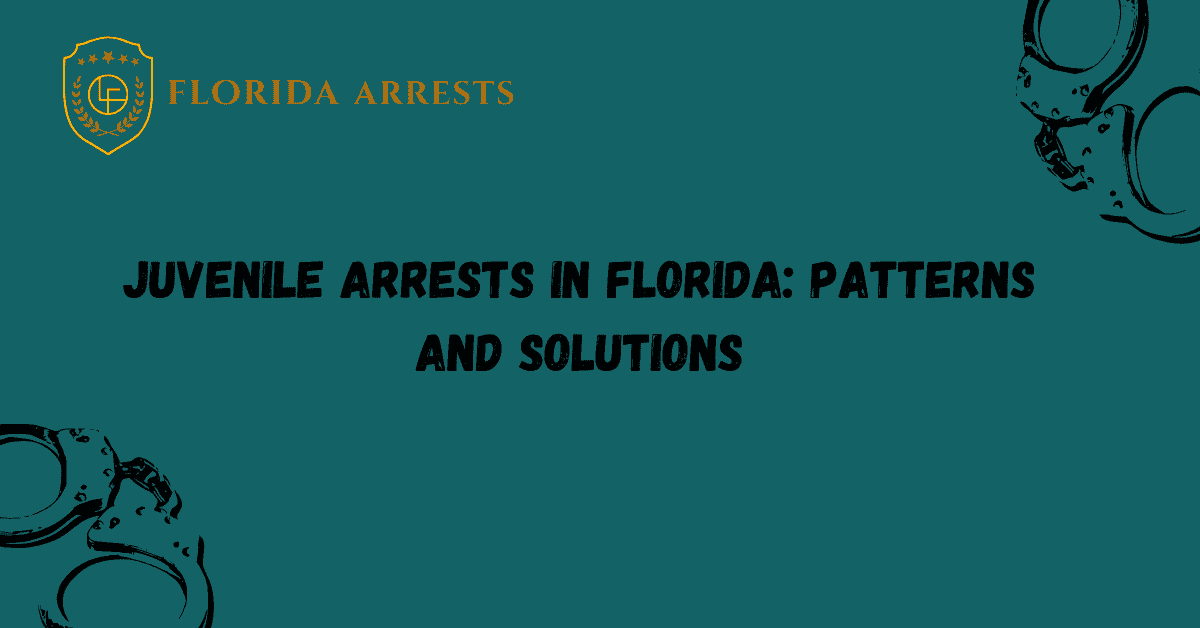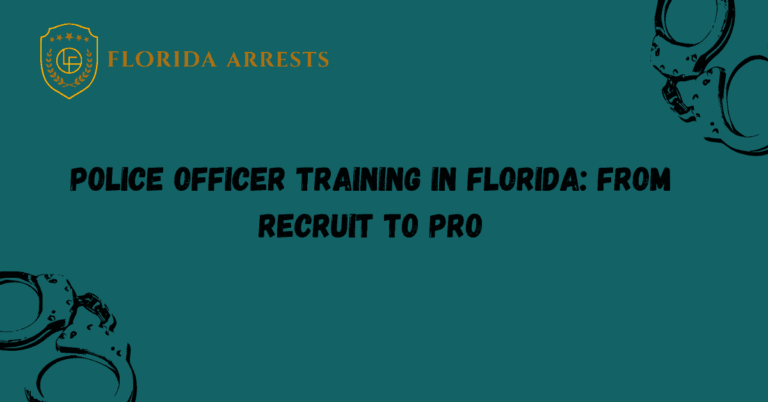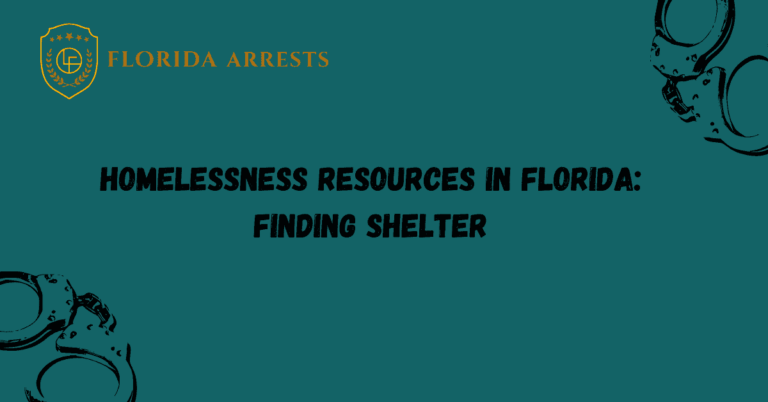Juvenile Arrests in Florida: Patterns and Solutions
Juvenile arrests in Florida have become a growing concern in recent years. The state has seen a significant increase in the number of young individuals involved in criminal activities. This alarming trend has raised questions about the underlying causes and possible solutions to address this issue.
Understanding the patterns of juvenile arrests is crucial in developing effective strategies to prevent and reduce youth crime. By analyzing data and studying the demographics, social factors, and circumstances surrounding these arrests, we can gain valuable insights into the root causes and implement targeted interventions. This research aims to shed light on the patterns of juvenile arrests in Florida and propose evidence-based solutions to tackle this pressing issue.
Factors contributing to the increase in juvenile arrests
In this section, we will examine the various factors that have contributed to the alarming increase in juvenile arrests in Florida. This will include a discussion of socioeconomic factors, family dynamics, and peer influence. By understanding these factors, we can better address the root causes of youth crime.
Impact of socioeconomic factors on juvenile arrests
This section will explore how socioeconomic factors such as poverty, unemployment, and lack of educational opportunities have played a role in the rise of juvenile arrests. We will discuss the link between economic disadvantage and criminal behavior among young individuals.
Family dynamics and their influence on youth crime
Here, we will delve into the impact of family dynamics on juvenile arrests. This will include a discussion on broken families, neglectful or abusive parenting, and lack of positive role models. Understanding the role of the family in shaping a young individual’s behavior is essential to developing effective interventions.
The role of peer influence in youth crime
This section will examine the influence of peers on juvenile arrests. We will discuss how peer pressure, association with delinquent peers, and the desire for acceptance can lead young individuals into criminal activities. By addressing peer influence, we can implement preventative measures and foster positive peer relationships.
Data analysis and insights into juvenile arrests
In this section, we will analyze the available data on juvenile arrests in Florida. By studying the demographics, geographic distribution, and types of offenses committed, we can gain valuable insights into the patterns of youth crime. This analysis will inform the development of evidence-based solutions.
Proposed solutions to address the issue
In the final section, we will propose evidence-based solutions to tackle the growing concern of juvenile arrests in Florida. These solutions will be based on the insights gained from the previous sections and will aim to prevent and reduce youth crime. We will discuss the importance of early intervention, community involvement, and providing support services to at-risk youth.
FAQs
What are the patterns of juvenile arrests in Florida?
Juvenile arrests in Florida show a pattern of increased rates in certain areas, such as drug offenses and property crimes. These patterns highlight the need for targeted interventions and prevention strategies.
What are the solutions to reduce juvenile arrests in Florida?
To reduce juvenile arrests in Florida, a multi-faceted approach is necessary. This includes implementing community-based programs, providing access to education and job opportunities, and addressing underlying factors such as poverty and substance abuse.
What is the impact of juvenile arrests on the individuals involved?
Juvenile arrests can have long-lasting consequences for the individuals involved. It can negatively impact their educational and employment prospects, as well as their overall well-being. It is crucial to provide support and rehabilitation for these individuals to prevent reoffending.
How does the juvenile justice system in Florida handle arrests?
The juvenile justice system in Florida focuses on rehabilitation rather than punishment. It aims to address the underlying issues that contribute to juvenile delinquency and provide appropriate interventions and support to prevent future offenses.
Are there disparities in juvenile arrests in Florida?
Yes, there are disparities in juvenile arrests in Florida, particularly among minority populations. This highlights the need for fair and equitable treatment within the juvenile justice system and the importance of addressing systemic issues that contribute to these disparities.
What are some effective prevention strategies for juvenile arrests in Florida?
Effective prevention strategies for juvenile arrests in Florida include early intervention programs, community-based initiatives, mentoring, and counseling services. These strategies aim to address risk factors and provide support to at-risk youth, reducing their likelihood of engaging in delinquent behavior.







